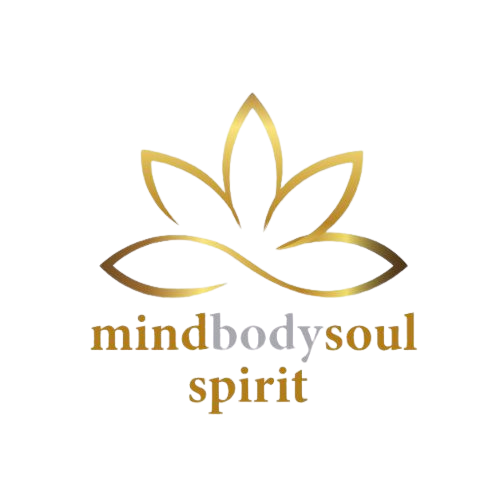MODULE 3: Initiation and Identity: Archetypes in Human Transformation
By Kimberley
About MODULE 3: Initiation and Identity: Archetypes in Human Transformation
The Journey of Becoming: Understanding the Hero’s Path
In this lesson, we turn to one of the most enduring symbolic frameworks for personal transformation—the Hero’s Journey. Popularized by scholar and mythologist Joseph Campbell, this cyclical structure reveals the underlying pattern found in myths, epics, and stories across cultures. Far from being limited to literature or folklore, the Hero’s Journey maps an inner process of change that every human being experiences in various forms throughout life.
At its essence, the Hero’s Journey represents a movement from the known into the unknown, a disruption of what was once familiar, and the subsequent process of meeting challenges, discovering new capacities, and returning with greater wisdom or integration. It offers a symbolic container for navigating moments of change, loss, initiation, or growth—making it especially relevant in coaching and therapeutic work where individuals are often standing at some threshold of personal evolution.
What makes this model particularly resonant is its universality. Regardless of cultural background or individual path, the stages of the Hero’s Journey reflect a shared human experience. It begins with a call to move beyond the current reality—often subtle, sometimes dramatic. This call may arise as a life event, an inner longing, or a sense of dissatisfaction that stirs the soul. Initially, there is often resistance, a reluctance to leave the comfort of what is familiar. Yet eventually, something compels the journey to begin.
As the individual steps forward, they encounter trials and allies, obstacles and insights. These challenges are not only external but also internal—fears to be faced, beliefs to be questioned, parts of the self to be reconciled. Along the way, archetypal energies such as the Mentor, the Trickster, the Shadow, and the Threshold Guardian may emerge—not as literal characters, but as forces within or mirrored in others, helping to shape the unfolding process.
At a pivotal moment in the journey, often referred to as the “abyss” or “dark night,” the individual confronts something essential—perhaps a loss of identity, a painful truth, or the limits of the old self. This stage is often uncomfortable, but it is also transformative. It initiates a reconfiguration of values, priorities, and understanding. From this place, the return begins—not to what was, but to a new level of consciousness.
The journey ends not with triumph in the traditional sense, but with integration. The individual brings back something of value, not only for themselves but often for others as well. Whether it is clarity, confidence, or a new way of being, the return marks a full cycle and the beginning of a new one.
In coaching, the Hero’s Journey offers a meaningful way to contextualize the challenges and transitions that clients face. It helps normalize struggle as part of transformation and offers a structured yet flexible way to reflect on personal progress. By identifying where a client might be within the journey—whether in resistance, preparation, initiation, or return—a coach can offer language, perspective, and support that honors the cyclical and sacred nature of growth.
This framework also opens space for clients to reflect on their own narrative—not just what they are moving through, but who they are becoming in the process. It encourages agency while recognizing that some parts of the path are shaped by mystery, timing, and surrender.
Ultimately, the Hero’s Journey is not about heroism in the heroic or inflated sense, but about the quiet courage required to meet life as it is, to say yes to change, and to allow the transformation to take root within. It reminds us that growth is rarely linear, and that returning changed is itself an act of wisdom.
